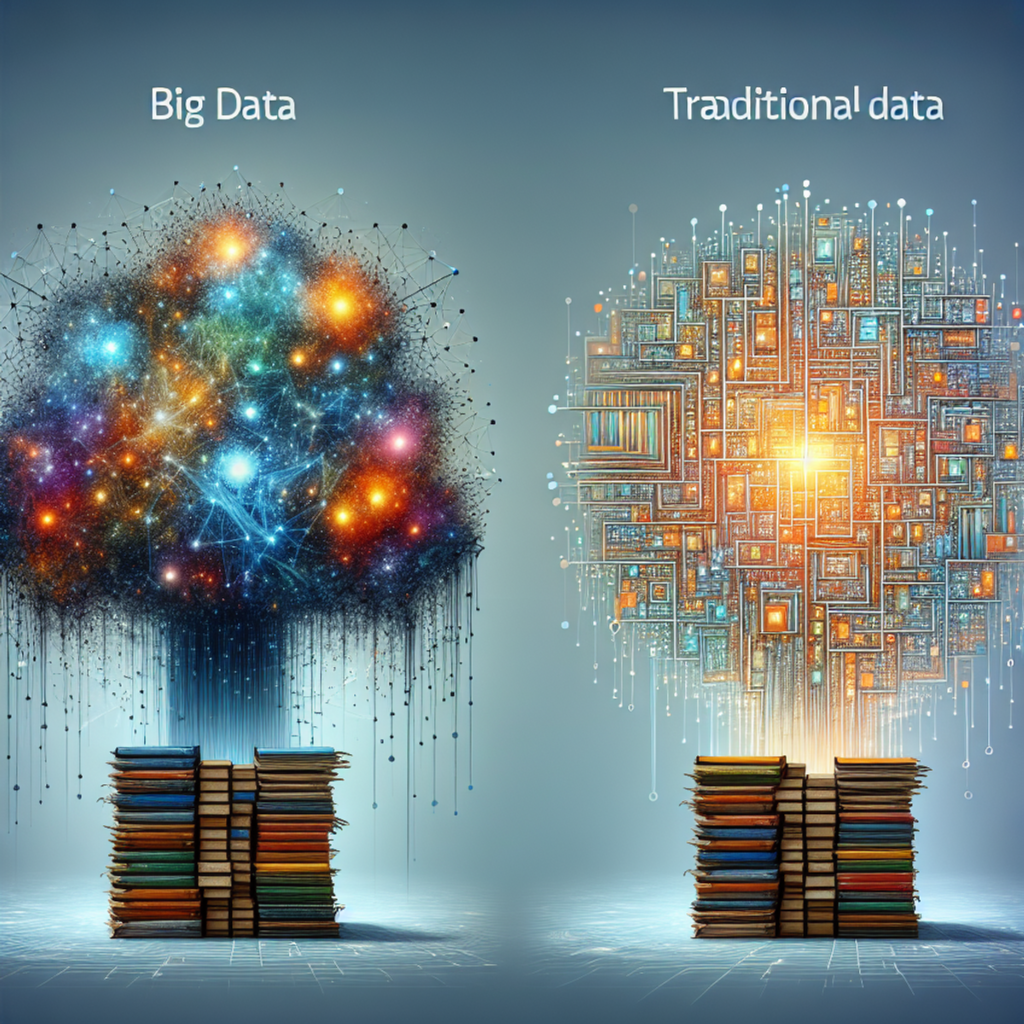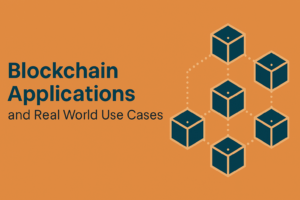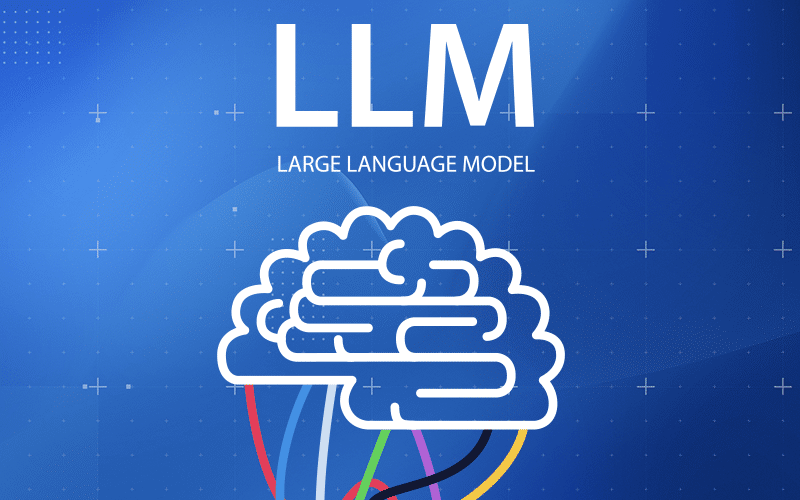Revolutionize Your Approach: Bigdata vs Traditional Data Unleashing the Data Revolution

Bigdata vs Traditional Data: Unravelling the Distinctions
In the digital age, the proliferation of data has transformed the way businesses operate, emphasizing the need to distinguish between Bigdata and Traditional Data. These two paradigms represent different approaches to handling and extracting value from information. In this comprehensive exploration, we delve into the key differences between Bigdata and Traditional Data, shedding light on their characteristics, challenges, and implications.
Understanding Bigdata:
Bigdata refers to the massive and diverse volumes of data that exceed the capabilities of traditional data processing methods. It is characterized by the three Vs: volume, velocity, and variety. The sheer volume of Bigdata is immense, ranging from terabytes to petabytes and beyond. Velocity refers to the speed at which data is generated, processed, and analyzed in real-time or near real-time. Lastly, variety encompasses the diverse types of data, including structured, semi-structured, and unstructured formats such as text, images, and videos.
One of the defining features of Bigdata is its ability to uncover valuable insights and patterns hidden within vast datasets. This is achieved through advanced analytics, machine learning, and other sophisticated techniques that go beyond the capabilities of traditional databases.
Contrasting Traditional Data:
In contrast, Traditional Data represents the structured and well-defined datasets managed by conventional database systems. This includes data organized in rows and columns with a clear schema, typically found in relational databases. Traditional Data is characterized by its predictability, relatively steady flow, and the absence of the diversity and speed associated with Bigdata.
Traditional Data has been the cornerstone of business operations for decades. It includes customer records, transaction details, and other structured information used for routine business activities, reporting, and analysis. Relational database management systems (RDBMS) have traditionally served as the primary technology for storing and processing this type of data.
Key Differences Bigdata vs Traditional Data :
- Volume and Velocity:
- Bigdata: Involves extremely large volumes of data generated at high velocities, often in real-time.
- Traditional Data: Characterized by more manageable volumes and predictable processing speeds.
- Variety:
- Bigdata: Encompasses a variety of data types, including structured, semi-structured, and unstructured data.
- Traditional Data: Primarily deals with structured data organized in a tabular format.
- Processing Techniques:
- Bigdata: Requires distributed and parallel processing frameworks like Apache Hadoop and Apache Spark.
- Traditional Data: Processed using SQL-based queries in a centralized manner.
- Storage Infrastructure:
- Bigdata: Utilizes distributed storage systems and NoSQL databases to accommodate the large and diverse datasets.
- Traditional Data: Often stored in relational databases or data warehouses.
Challenges and Implications in Bigdata vs Traditional Data:
The shift from Traditional Data to Bigdata introduces new challenges and opportunities. Bigdata technologies are designed to handle the complexities associated with massive volumes and diverse data types. However, this transition requires organizations to invest in scalable infrastructure, advanced analytics skills, and updated data management strategies.
For businesses, understanding these distinctions is crucial for making informed decisions regarding data strategies. Bigdata opens avenues for predictive analytics, real-time insights, and uncovering hidden patterns that can drive innovation and competitive advantage. On the other hand, Traditional Data remains essential for routine operations, compliance, and maintaining structured business records.
Conclusion:
In conclusion, the advent of Bigdata represents a transformative shift in how organizations handle and derive value from data. While traditional data management approaches have served well in stable environments with moderate data volumes, Bigdata technologies have become essential for organizations navigating the complexities of the digital age. Understanding the differences between Bigdata and Traditional Data is not just a matter of technological preference; it’s a strategic imperative for businesses seeking to thrive in an era defined by information abundance and rapid technological innovation.
For more details:
https://www.geeksforgeeks.org/difference-between-traditional-data-and-big-data/



Thank you for your sharing. I am worried that I lack creative ideas. It is your article that makes me full of hope. Thank you. But, I have a question, can you help me?